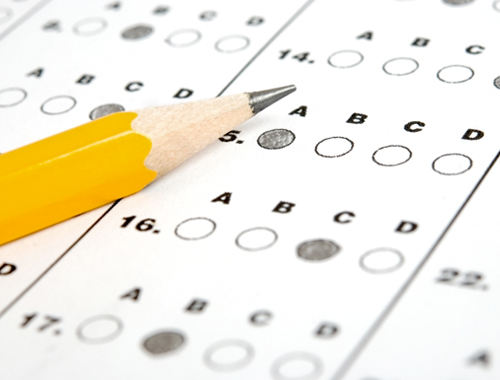Synopsis1 of 4
Chapter 12. Motivation or Achievement?: A Look at Various Nations’ PISA Scores
12.1 Synopsis
Welcome
Motivation or Achievement?: A Look at Various Nations’ PISA Scores
This activity demonstrates with an interactive map how U.S. students’ PISA (Programme of International Student Assessment) scores compare to those of other nations.
Click the 'Get Started' button below to start this activity

12.2 Motivation or Achievement?: A Look at Various Nations’ PISA Scores
PISA (Programme of International Student Assessment)
The PISA (Programme of International Student Assessment) is an international test of 15-year-olds’ abilities to apply their knowledge. One explanation for the high scores of China and low scores of the United States (see map) is motivation of the students: Experts believe that students in the United States are not strongly motivated to learn—so they don’t.
Focus on each country to see its PISA scores and ranking for Math, Reading, and Science.
12.3 Motivation or Achievement?: A Look at Various Nations’ PISA Scores
PISA (Programme of International Student Assessment)

1. Variations in PISA Scores
National variations in PISA scores are more closely tied to educational practices and values at school and at home, not to geography, genes, or immigration. List two countries where this is particularly evident, and explain why you think such variations exist there. (Click the back button to the review the map before answering.)
12.4 Activity Completed!
Congratulations! You have completed this activity.
REFERENCES
PISA. (2014b). PISA 2012 results in focus: What 15-year-olds know and what they can do with what they know. Paris, France: OECD.